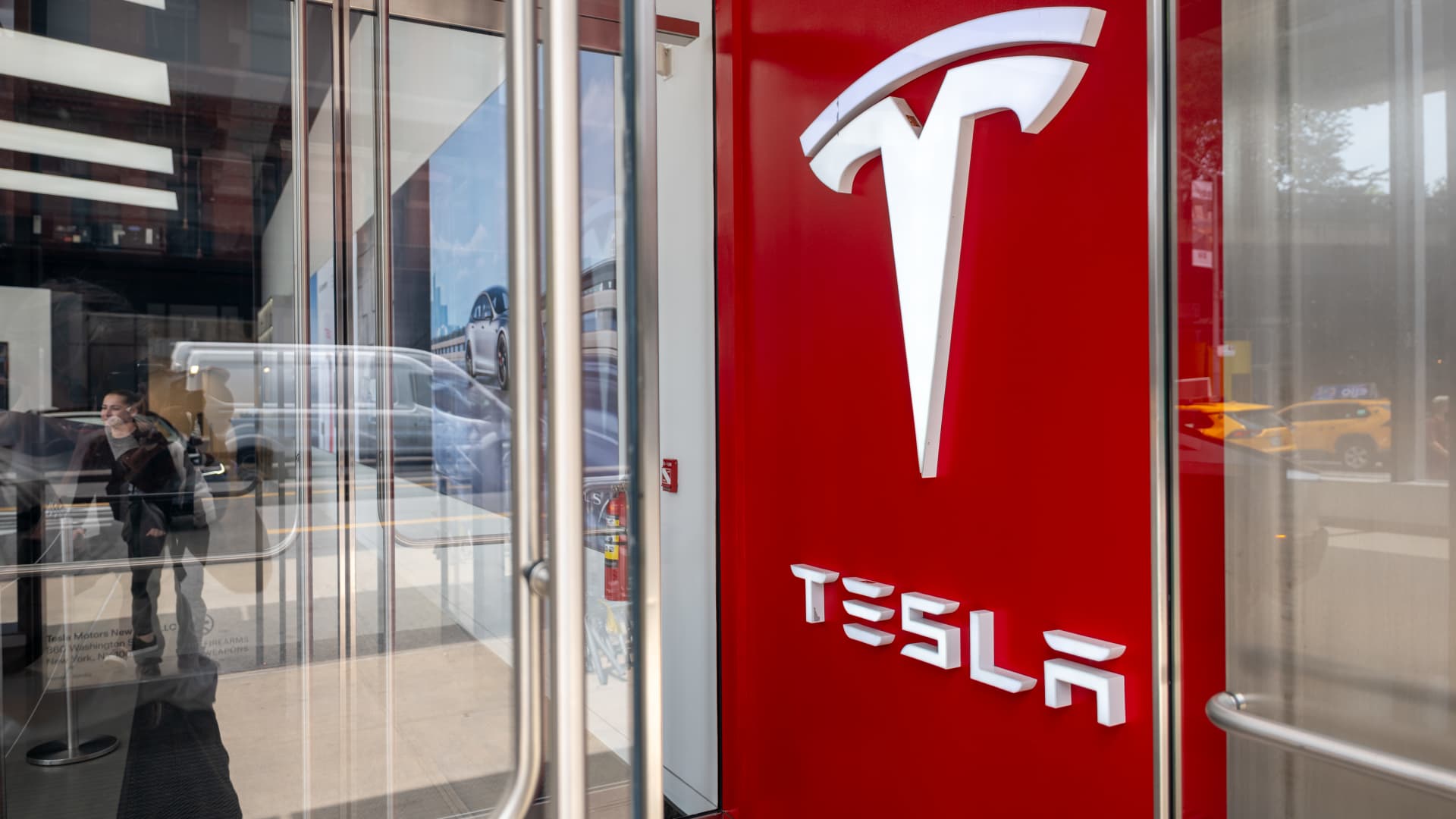The Transformative Role of AI in Market Analysis and Stock Movements
Artificial Intelligence (AI) is increasingly reshaping how investors, analysts, and traders interpret premarket stock movements and broader market dynamics. By weaving together complex data streams and delivering insights faster than traditional methods, AI provides a powerful lens through which to understand companies like Tesla and other market movers highlighted in premarket trading.
Enhancing Premarket Insights Through AI
Premarket trading often reflects reactions to overnight news, earnings reports, and geopolitical events. The challenge lies in rapidly sifting through vast amounts of unstructured information—news articles, social media chatter, regulatory filings, and technical data—to identify actionable signals. AI excels here, employing natural language processing (NLP) and real-time data analytics to detect emerging trends and sentiment shifts long before conventional analysts can.
For Tesla, AI models can track CEO Elon Musk’s public communications and correlate them with stock price reactions, enabling predictive analytics that anticipate volatility spikes or directional moves. Similarly, AI algorithms monitor competitor news, such as the launch of new EV models by Xiaomi and Chinese firms, quantifying their impact on investor confidence and stock valuations.
AI and Volatility Management
Tesla’s premarket price has demonstrated substantial volatility—surging on positive announcements and plummeting on setbacks or geopolitical concerns. AI-based trading systems can analyze historical patterns and current market conditions to anticipate potential volatility windows, adjusting trading strategies accordingly. This aids institutional and retail investors alike in navigating sudden swings with greater composure.
Beyond Tesla, semiconductor giants like Nvidia and Intel benefit from AI-driven models that assess supply chain disruptions, earnings surprises, and competitive threats. By synthesizing complex variables in real time, AI enhances decision-making amid the semiconductor sector’s cyclical and sometimes unpredictable nature.
Unveiling Opportunities in Emerging Sectors
AI’s role extends to niche and emerging markets, such as quantum computing and cryptocurrencies, where human expertise may be limited and data sparse. The premarket surge of IonQ following acquisition news or Circle Internet Group’s strong IPO debut are examples where AI tools can gauge investor sentiment and predict momentum shifts.
For traders interested in these frontiers, AI-powered sentiment analysis and market scanning can illuminate under-the-radar opportunities, helping allocate resources to promising but volatile assets with a clearer understanding of associated risks.
Strategic Integration of AI for Investors
While premarket trading offers early market mood indicators, it comes with noise and amplified price swings due to lower liquidity. AI helps filter out noise by combining quantitative metrics with qualitative signals from news and social media. This integrated approach allows investors to separate transient reactions from meaningful trends, improving trade timing and portfolio adjustments.
Particularly for Tesla, where CEO statements and corporate developments influence pricing, AI’s predictive capabilities spotlight evolving narratives around technological innovation, regional sales challenges, and competitive pressures. Investors equipped with AI insights can better anticipate market responses to events like new compensation packages or shifts in geopolitical climate.
Looking Forward: AI as a Market Navigator
The evolving complexity of global markets demands tools that can process speed, scale, and subtlety—areas where AI outperforms traditional analysis. By harnessing AI’s strengths, investors and traders gain a comprehensive understanding of premarket dynamics, translating fragmented information into coherent strategies.
However, reliance on AI should be balanced with human judgment and awareness of market fundamentals. AI does not eliminate risk but refines how those risks are identified and managed. Combining AI with ongoing fundamental analysis enables more resilient investment approaches in a world where companies like Tesla and others relentlessly shape market narratives through dynamic innovations and challenges.
Conclusion: AI Enriches Understanding But Navigating Premarket Remains an Art
AI’s integration into market analysis transforms how premarket trading data is absorbed and acted upon, elevating insights into companies such as Tesla, semiconductor leaders, and emerging tech firms. By decoding patterns from CEO announcements, competitive disruptions, and sector-wide trends, AI enhances clarity amid volatility.
Nevertheless, the premarket remains a space of rapid shifts and incomplete information. While AI provides a powerful compass, savvy investors combine these technological advantages with critical thinking and a focus on long-term fundamentals. This balanced approach unlocks deeper comprehension of market undercurrents and better positions market participants to navigate the vibrant and often unpredictable landscape highlighted by premarket stock movements.

